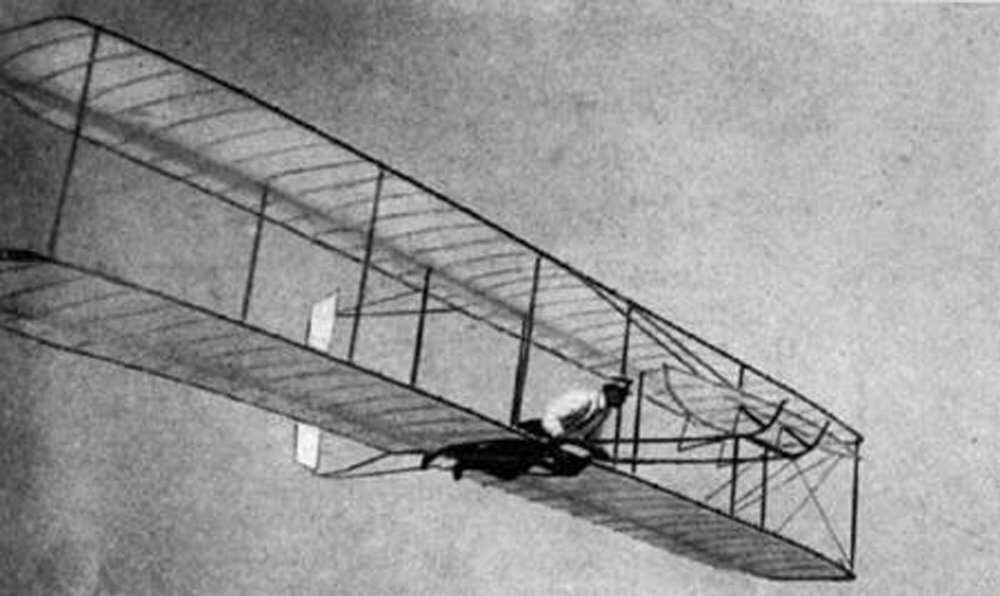From the earliest mythologies describing winged creatures soaring through the skies, humans have long dreamed of flight. Yet for centuries, these dreams remained bound by gravity, with only birds and insects claiming the open air. The invention of the aircraft stands as one of humanity’s most transformative achievements, reshaping global commerce, culture, and defense. To understand how modern aviation emerged, one must explore the centuries of experimentation, the intellectual struggles to solve the problem of heavier-than-air flight, and the eventual breakthrough that propelled humankind into the skies. What began as the pursuit of dreams and daring stunts eventually matured into a structured, engineering-driven discipline that powers the modern world’s interconnectedness.
The achievement of controlled, powered flight came at a turning point in history, influenced by advancing science, materials, and industrialization. Early visionaries learned from failures, deciphering the secrets of lift, thrust, and control. Once a reliable aircraft took flight, the industry moved swiftly through multiple eras—wood and fabric biplanes evolving into sleek metal monoplanes and, eventually, sophisticated jets guided by advanced electronics. Understanding this evolution not only pays homage to the pioneers but also provides perspective on the remarkable technology and collaboration that drive today’s aviation sector.
Early Aspirations and Failed Experiments
Long before the Wright brothers launched their historic flight, inventive minds attempted to soar. Medieval scholars contemplated mechanical wings fashioned like birds. Renaissance figures, such as Leonardo da Vinci, studied avian anatomy to draft flying machines—though these designs never left the ground. Throughout the 18th and 19th centuries, hot-air balloons and airships offered some vertical success, but true controlled flight with heavier-than-air craft remained elusive. Visionaries across Europe and the Americas constructed gliders, taking advantage of scientific insights into lift and wing surfaces. While several glider flights achieved basic control, the lack of a suitable powerplant to sustain flight presented a major hurdle.
These early failures were not wasted efforts. Each flawed attempt contributed valuable data. Experimenters meticulously documented lift characteristics, wing shapes, and rudimentary control surfaces. Advancements in materials science also started influencing design choices. The Industrial Revolution enabled access to lightweight, sturdy materials that could withstand aerodynamic forces. These building blocks laid the groundwork for the transition from theoretical concepts and short glides to sustained, powered flight.
The Wright Brothers and the First Airplane
The critical breakthrough occurred in the early 20th century, thanks to the Wright brothers. Wilbur and Orville Wright, drawing on previous glider research and their extensive testing, understood that achieving stable, controlled flight required more than just powerful engines. It demanded mastery of control surfaces—elevators, rudders, and ailerons—that let pilots maintain equilibrium. Their approach integrated a wind tunnel for aerodynamic studies, ensuring each wing shape and structural choice was data-driven.
On December 17, 1903, the Wright Flyer lifted off at Kitty Hawk, North Carolina, marking the birth of powered, heavier-than-air flight. Though the maiden flight lasted mere seconds and covered a modest distance, it validated the fundamental principles. With this success, the Wright brothers ignited a global race to refine and commercialize aircraft technology. Soon, engineers worldwide modified wing designs, engine placements, and fuselage layouts to improve stability, range, and speed. The concept had been proven; now the challenge lay in perfecting it.
From Fabric-Covered Biplanes to Metal Monoplanes
In the decades following the Wright brothers’ achievement, aircraft evolved rapidly. Early designs featured wood frames and fabric skins, often configured as biplanes with two wing surfaces providing extra lift at low speeds. These early aircraft were fragile and limited in range and payload, suitable primarily for demonstration flights and mail delivery. As engine power increased and materials improved, engineers embraced metals like aluminum for frames, resulting in sturdier monoplanes that could fly faster and farther.
The outbreak of World War I accelerated these advancements dramatically. Militaries sought reliable reconnaissance aircraft, light bombers, and fighters capable of maneuvering rapidly. By World War II, rugged all-metal aircraft equipped with powerful radial or inline engines emerged, expanding roles from long-range bombers to carrier-based fighters. Passenger air travel gained traction between the wars, as airlines recognized that larger, more comfortable planes could safely carry travelers over previously insurmountable distances. Gradually, jet engines, introduced in the 1950s, enabled higher altitudes and speeds, ushering in an era of mass air transport. The jet age also normalized transoceanic flights, fostering global tourism and trade on a scale once unimaginable.
Aircraft Parts
At the heart of every airplane’s evolution, thousands of aircraft parts come together with precision and purpose. Each component, whether a turbine blade, hydraulic valve, control cable, or avionics circuit board, must meet rigorous standards of durability, weight optimization, and reliability. Early aircraft relied on simpler mechanical linkages and manual controls, while today’s planes incorporate advanced sensors, composite materials, and digital flight management systems that constantly adjust to ensure efficiency and safety.
This orchestration of parts extends beyond the engines and fuselage. Landing gear, designed to withstand impact on runways and rough fields, demands both strength and retractability to reduce drag in flight. Cabin elements—from seats and lighting to pressurization systems—must adhere to strict regulations and ergonomic principles. Behind every successful flight stands an intricate supply chain of specialized manufacturers and maintenance crews, each responsible for producing or servicing these critical aircraft parts with unwavering quality control.
Modern Innovations and Future Trajectories
As the 21st century advances, aircraft continue to push the boundaries of performance and sustainability. The aerospace industry invests heavily in new propulsion technologies, including hybrid-electric and hydrogen-based systems, aiming to lower emissions and fuel consumption. Aerodynamic research yields quieter engines and winglets that enhance lift while reducing drag. Furthermore, advanced avionics harness real-time weather and navigation data, aiding pilots and autonomous systems in making swift, informed decisions.
Meanwhile, the application of AI and predictive analytics guides maintenance strategies. By analyzing sensor readings and operational data, engineers anticipate failures and schedule preventive repairs, minimizing downtime and expense. This data-centric approach fosters greater efficiency, safety, and cost-effectiveness. Over time, these continuous refinements position aircraft as not only transportation tools but also as data platforms, shaping strategic decisions about routes, fleets, and environmental impact.
Conclusion
From their initial moments at Kitty Hawk to the sprawling international networks of today, aircraft have become integral to commerce, cultural exchange, and strategic maneuverability. Each era brings improvements in materials, propulsion, control, and comfort, reflecting society’s evolving priorities. Aircraft remain indispensable, bridging distances with speed and reliability, empowering supply chains, and connecting communities worldwide.
As technology refines these flying machines into cleaner, more efficient forms, their fundamental role persists. They open markets, expedite deliveries, facilitate global conferences, and accelerate humanitarian responses. The story of aircraft invention and evolution is one of relentless innovation, collaboration, and ambition. It demonstrates that, with creativity and engineering skill, humanity can soar beyond longstanding boundaries, forging pathways that link countries, industries, and ideas with ever-greater sophistication.






